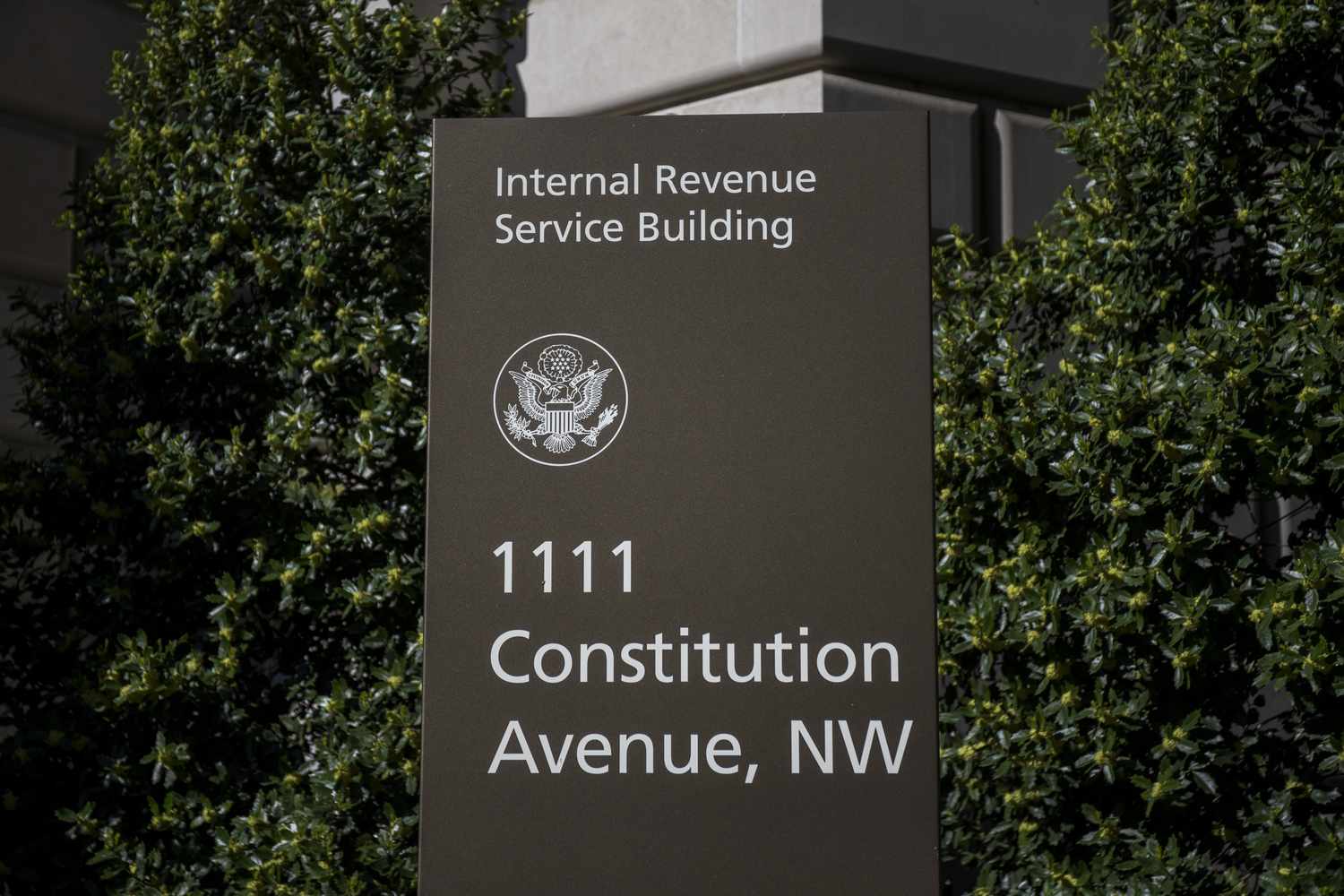
#IRS #Revealed #Retirement #401K #IRA #Contribution #Limits
Key takeaways
- The IRS announced cost-of-living adjustments for retirement plans and individual retirement accounts (IRAs) on Friday, revealing that the 401(k) limit has increased for 2025.
- In 2025, workers can contribute up to $23,500 to a 401(k), up from $23,000 in 2024.
- Starting in 2025, people ages 60, 61, 62 or 63 who participate in workplace retirement plans can make larger contributions of up to $11,250 instead of $7,500.
Retirement savers can store more money in their 401(k) account next year.
The IRS on Friday announced cost-of-living adjustments for retirement plans and IRAs. The 401(k) contribution limit for 2025 is $23,500, up from $23,000 in 2024. However, individual retirement account (IRA) contributions will remain at $7,000 in 2025, the same as in 2024.
Workers over the age of 50 are eligible to make additional “catch-up” contributions as they approach retirement. The catch-up contribution limit for workplace retirement plans will also remain at $7,500 at 202 for 401(k), 403(b) and other retirement plans.
However, starting next year, older workers will be able to make larger contributions than other workers because of a provision in Secure 2.0, the federal retirement law. Starting in 2025, employees age 60, 61, 62 or 63 who participate in workplace retirement plans can make catch-up contributions of up to $11,250.
The ranges for phasing out traditional IRAs in 2025 are increasing
The IRS also made some changes to the phase-out ranges for traditional individual retirement accounts and Roth individual accounts (IRAs).
Some people can deduct Traditional IRA contributions from their income. However, depending on whether that person has a retirement plan at work and their income, this deduction may be phased out or reduced.
For individuals covered by a workplace retirement plan, the scope of the phase-out has increased. In 2025, it will be between $79,000 and $89,000, up from between $77,000 and $87,000 in 2024. This means that individuals earning more than $89,000 will get no deduction while those earning between $79,000 and $80,000 will. dollars will receive a partial discount.
For married couples filing jointly in 2025, if the spouse contributing to the IRA is covered by a workplace retirement plan, the phase-out range in 2025 is $126,000 and $146,000.
High-income people may be eligible for Roth contributions in 2025
The income phaseout ranges for Roth IRAs will change in 2025 as well.
In 2025, the phase-out range for individuals and heads of household will be between $150,000 and $165,000, compared to $146,000 to $161,000.
So, in 2025, people who earn between $150,000 and $165,000 will be able to make reduced Roth IRA contributions, while those with income above that amount will not be eligible to make any contributions.
For married couples filing jointly, the income phaseout range for Roth IRAs has increased to between $236,000 and $246,000.
#IRS #Revealed #Retirement #401K #IRA #Contribution #Limits




